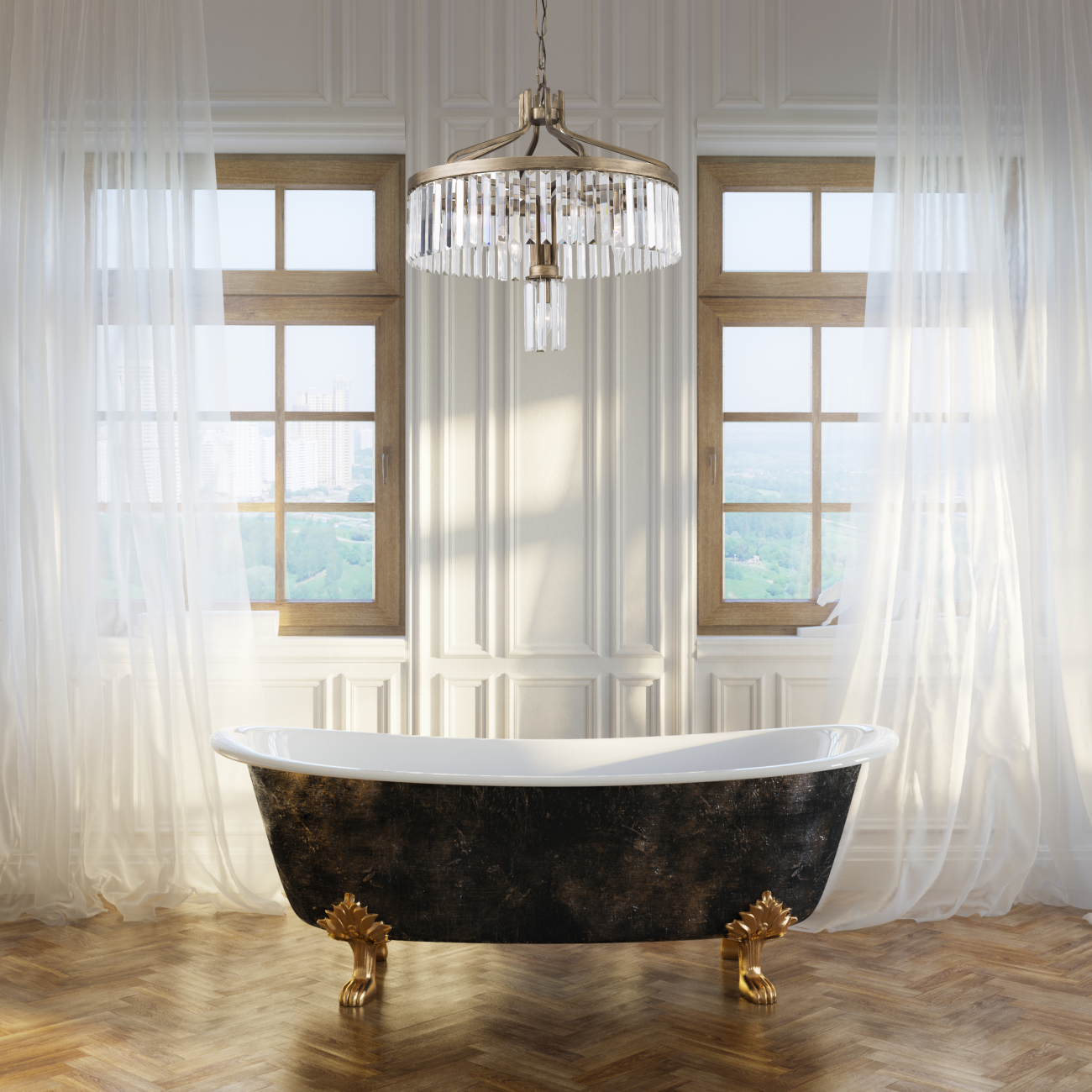The word “luxury” can bring connotations of flashiness, extravagance and big spending. But when it comes to luxury interior design, it’s important to understand how it transcends just a price tag. Beyond purely high-end design, true luxury provides an elevated and personalized living experience. Read on for insight on what defines luxury design, what luxury customers seek, and how to sell luxury to discerning clients.
Who is the luxury buyer?
Before understanding how to be a successful luxury interior designer, it’s important to first have a grasp on the luxury client. The Luxury Institute defines the cohort as affluent households with incomes above $150K. In dozens of luxury and premium goods and services categories, the top 5 percent of clients account for 40 percent of revenues, while the next 15 percent of customers account for 30-40 percent.
A key theme behind the psychology of luxury is its aspirational nature. Aspirational customers wish to be a more evolved person, and owning luxury goods/services is a tangible reminder of this evolution. People may choose to buy luxury for many reasons, including pure aesthetics, signaling wealth or status to others, or the authenticity of a genuine luxury product.
Luxury design clients in particular share a common motivation: earned indulgence. These clients may feel they’ve waited a long time and worked hard for the service, they want to invest properly in their forever home, and they care more about tailoring their home to their lifestyle than resale value.
Luxury design clients are also especially discerning of quality, stemming from life experiences, travel and education. They also value and trust the expertise of a designer and approach the design process in a researched, collaborative way. Finally, these clients are outcome driven. They have a vision for their home and they are willing to make the right investment to achieve it.
What sets a successful luxury designer apart?
A successful luxury designer is highly experienced, highly certified (think NKBA, ASID, NCIDQ, CAPS) and understands the way luxury balances art (form, beauty, materials) and science (performance, efficiency, space). Below are some tips for growing your luxury design ability:
- Stay inspired by traveling and studying the arts
- Pursue educational opportunities at industry events
- Collaborate and network with upscale vendors and specialized artisans
- Leverage industry resources like trade publications, Zillow or Houzz
- Share your work with high-quality photography
A successful luxury designer ultimately excels at building client relationships. This is done by respecting your client’s time, praising your client, taking pride in details and outcomes, and exceeding the client’s expectations with original problem solving.
What characteristics define luxury products?
Luxury interior design products tend to share the below qualities:
- Durability: Long-lasting materials are used to create products that are worth the investment
- Design: Pieces are stylish, elegant and tasteful and transcend trends
- Innovation: Products are unique from anything else found on the market, often using patented technology
- Craftsmanship: Pieces are hand-crafted by highly-skilled experts
Luxury brands are also good at cultivating a strong brand personality defined by storytelling that creates meaning behind their products. Many successful luxury brands are also taking real steps to focus on sustainability by creating durable products made of eco-friendly materials.
What are the basics of luxury selling?
An important part of successfully selling luxury is understanding the unique characteristics of each client—whether they’re an aesthete or a trendsetter—and tailoring your communication to their needs. You can also notice patterns in the client experience. One of these is Form and Function. While luxury clients want both beauty and practicality, their needs will ultimately fall along a continuum from form to function. Discerning where exactly they are on this spectrum can help you better curate the design experience. A similar continuum exists for Statement to Understated design, where clients range from desiring dramatic statements to understated elegance. Truly understanding these priorities and preferences will build trust between you and your clients and enhance their experience.
Ultimately, being a luxury designer comes down to staying inspired and educated, understanding key traits of luxury goods, building trust with your clients and customizing the experience and space to their exact needs. Those who can master these skills—and successfully market themselves—will surely find long-term success in the luxury design space.







